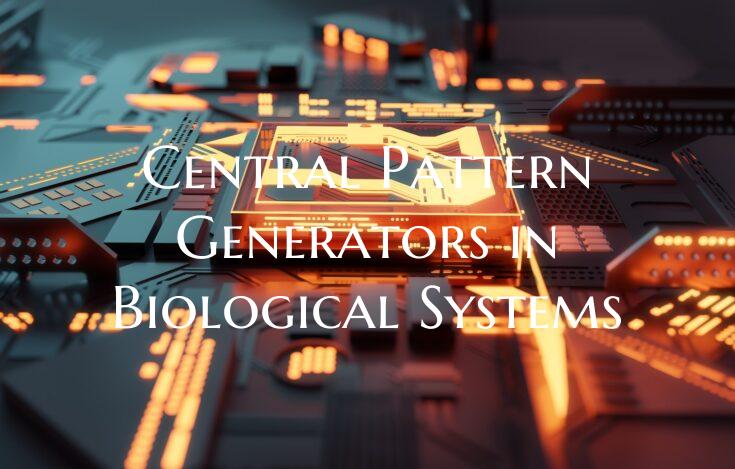Central Pattern Generators in Biological Systems
Central Pattern Generators in Biological Systems
Central pattern generators (CPGs) are neural networks found in the central nervous systems of various organisms that are responsible for generating rhythmic patterns of motor activity, such as walking, swimming, and breathing. These networks produce coordinated movements without the need for continuous input from higher brain centers, making them essential for generating rhythmic behaviors necessary for survival.
One of the most well-known examples of CPGs in biological systems is the spinal central pattern generator, which controls the alternation of muscle activity during walking. This network coordinates the activation of muscles in a specific sequence to generate the rhythmic movement of stepping. Studies have shown that even when isolated from the higher brain centers, the spinal cord retains the ability to produce the basic rhythmic patterns of locomotion, highlighting the autonomous nature of CPGs.
In addition to locomotion, CPGs are also involved in controlling other rhythmic behaviors, such as breathing and chewing. The respiratory CPG, located in the brainstem, regulates the rhythmic contraction of respiratory muscles to facilitate breathing. Similarly, the mastication CPG coordinates the movement of jaw muscles during chewing.
The study of CPGs in biological systems has not only provided insights into the neural mechanisms underlying rhythmic behaviors but has also inspired the development of bio-inspired robotics. By understanding how CPGs generate and control rhythmic patterns of movement, researchers have been able to implement similar neural networks in robotic systems to enhance their locomotor capabilities.
Overall, central pattern generators play a crucial role in coordinating rhythmic motor activities in biological systems, highlighting the intricate neural networks that govern essential behaviors in organisms. Further research into the mechanisms of CPGs could lead to advancements in both neuroscience and robotics, offering new opportunities for understanding and replicating complex rhythmic behaviors in different systems.

